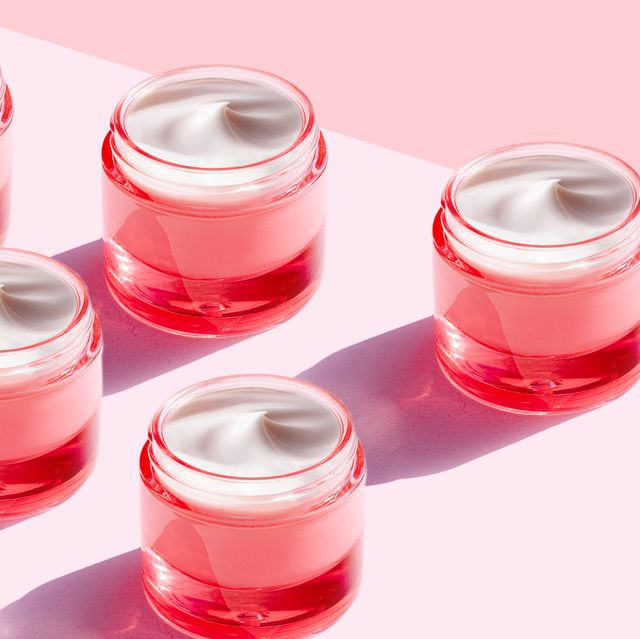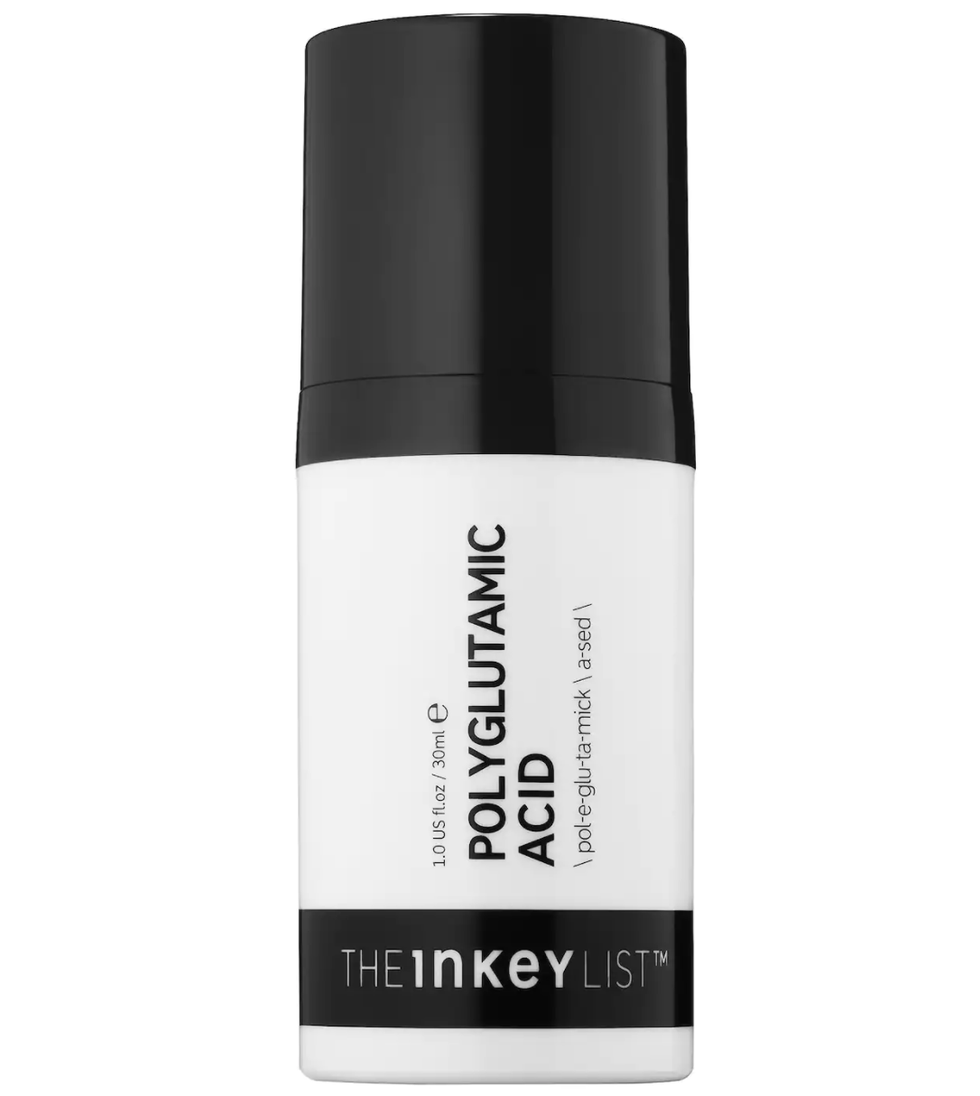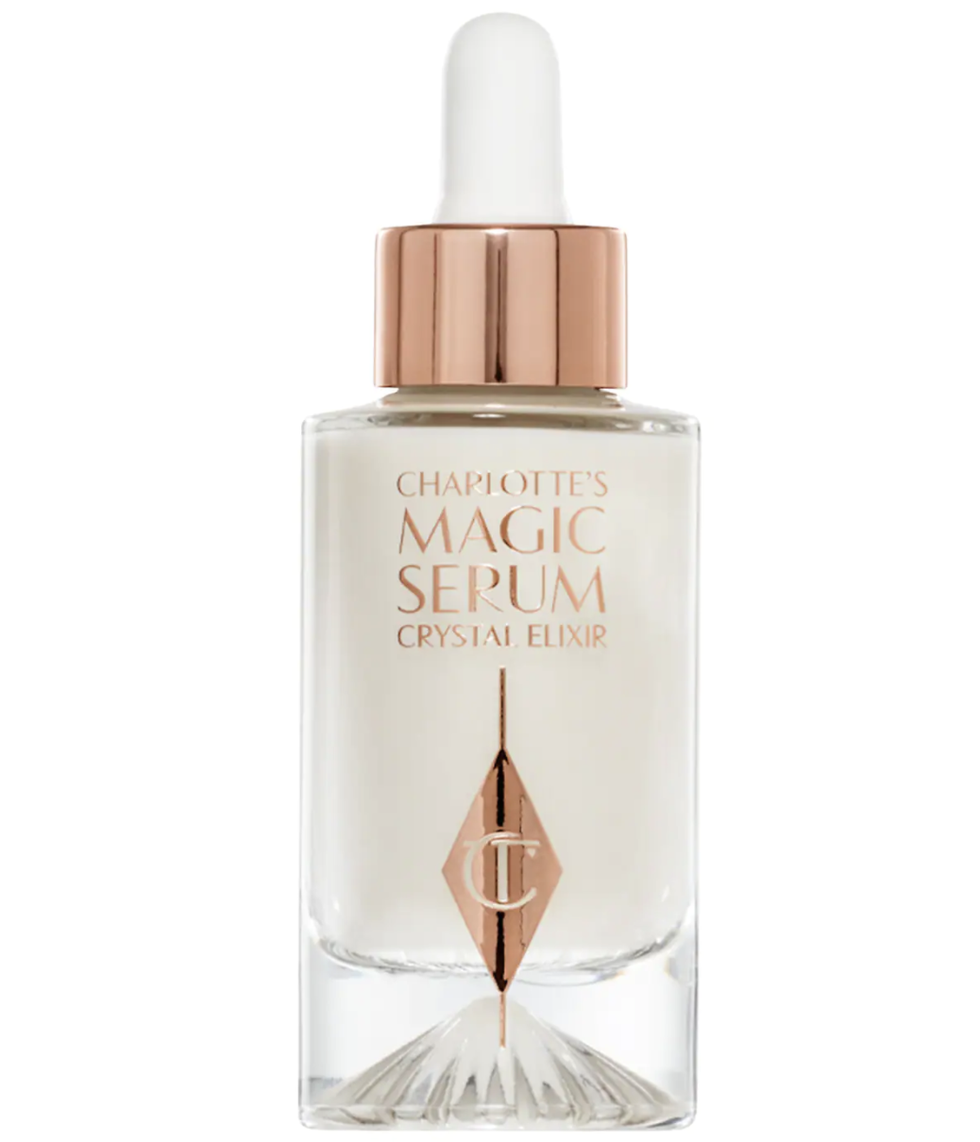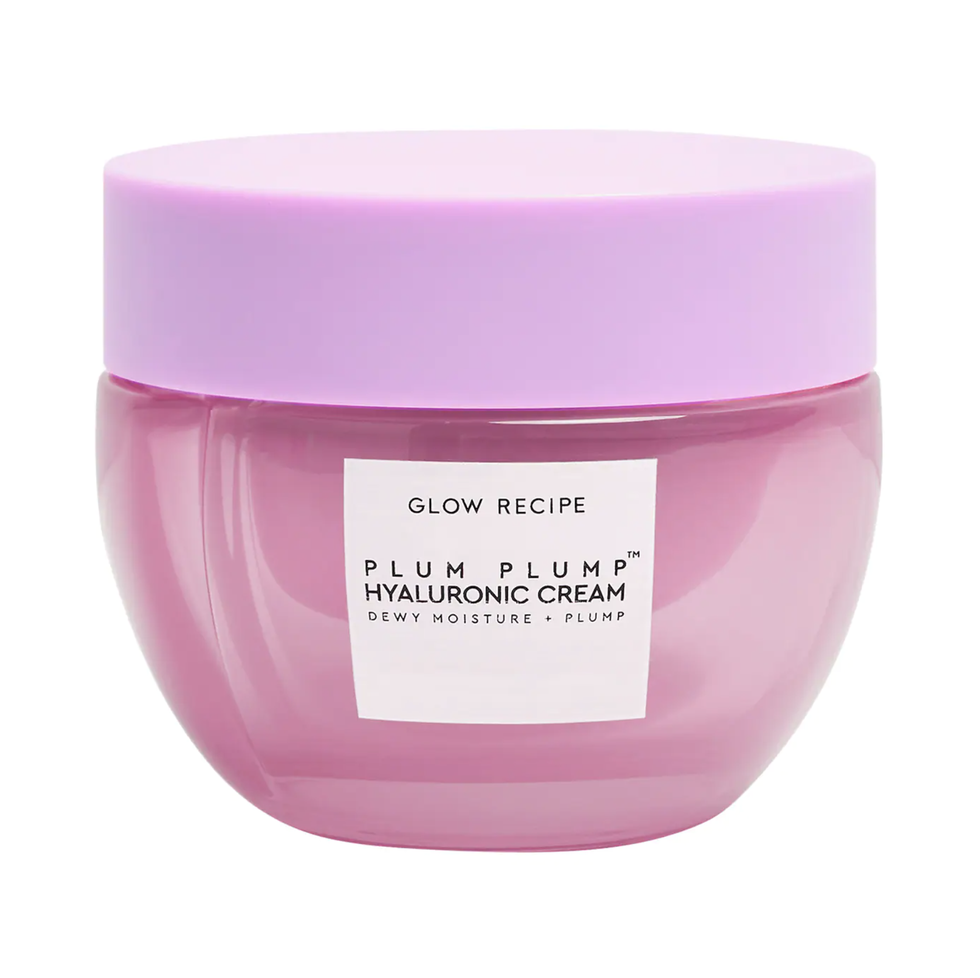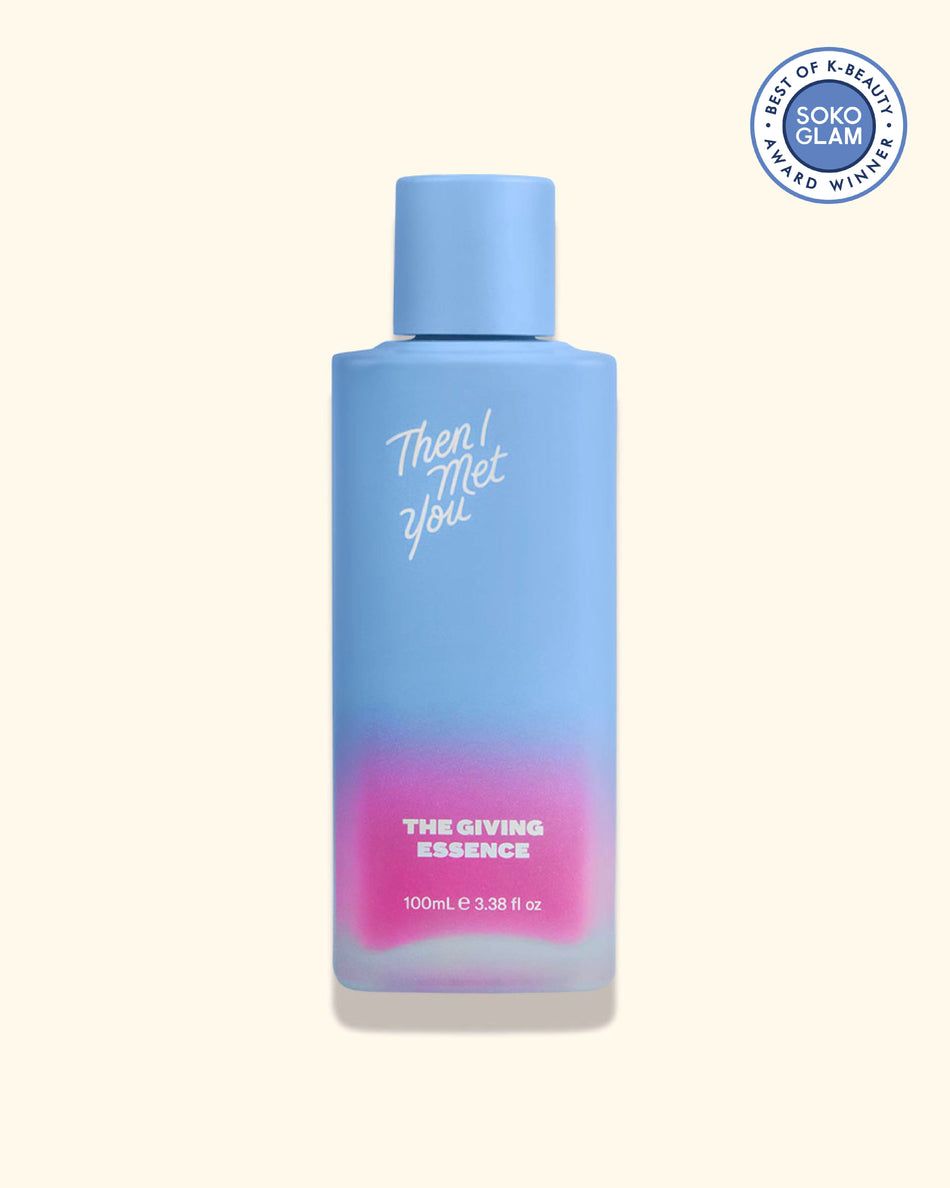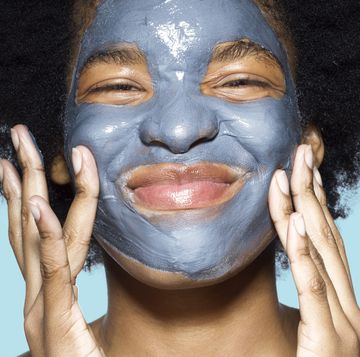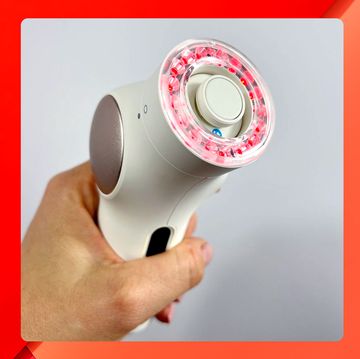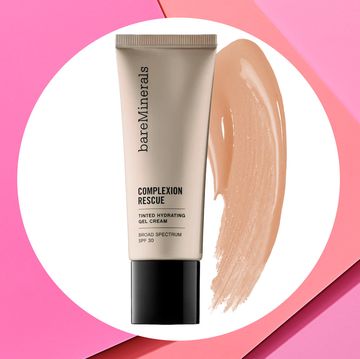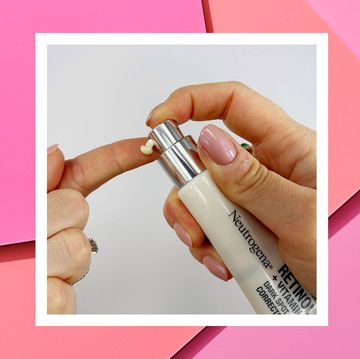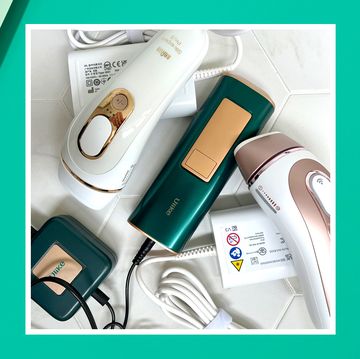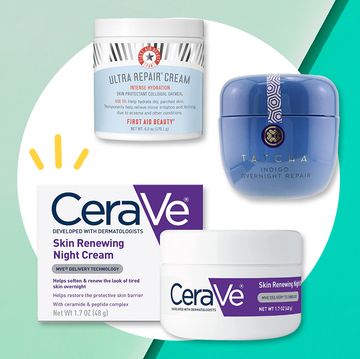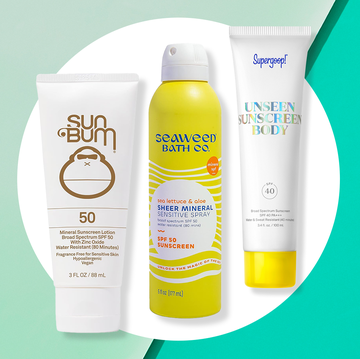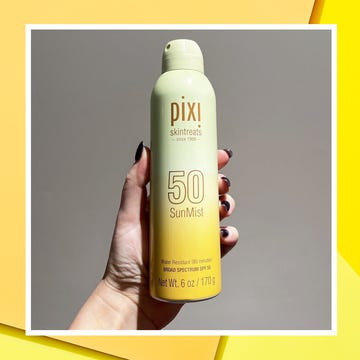Dry, recycled air, wind, and even spending time soaking up the sun—the environment can be harsh on your skin. Combine these factors with the natural process of aging, and maybe you'll notice that your face has been a little thirsty for moisture and plumpness lately. Perhaps those fine lines and wrinkles are even more noticeable because your skin is so parched?
What's the solution? This is where polyglutamic acid (PGA) comes into play.
Meet our experts: Adam Mamelak, MD, a board-certified dermatologist based in Austin, Texas, Michele S. Green, MD, a cosmetic dermatologist based in New York City, Loretta Ciraldo, MD, FAAD, a board-certified dermatologist based in Miami, Florida
This buzzy beauty ingredient, sourced from the fermentation of soybean foods, might be just what you need to kick your skincare regimen into high-gear, replenishing and revitalizing dull, dehydrated skin into a supple, ultra soft and glowy complexion. “Polyglutamic acid is a molecule composed of a chain of the amino acid glutamic acid,” says Adam Mamelak, MD, a board-certified dermatologist based in Austin, Texas. “It is produced through bacterial fermentation and is considered a humectant, meaning it serves as a skin moisturizer.”
The good news? All skin types can tap into this hero ingredient for a noticeable boost in plumpness and elasticity, and PGA may already be in some of the serums, essences, and other products you’re already using. If not, you can certainly look for polyglutamic acid on labels to give it a try; The Inkey List Polyglutamic Acid Hydrating Serum is a great place to start if you’re looking for a low-cost way to explore this ingredient.
Similar in function to hyaluronic acid, PGA is known for being slightly more potent; in fact, these two actives actually complement each other and can team up for increased anti-aging effects. There’s even some research that suggests PGA can inhibit hyaluronidase, the enzyme that breaks down hyaluronic acid in the skin but more on that later.
For starters, let’s take a deeper dive into exactly what PGA is, why you should consider using it, how to get the most out of PGA-containing products, and everything else in between.
What Is Polyglutamic Acid?
Think of PGA as a powerful hydrator that draws moisture from the atmosphere and seals it Into the skin while also stimulating moisture production at the cellular level. “PGA increases the production of natural moisturizers by the body, including lactic acid, carboxylic acid, pyrrolidone, and urocanic acid,” says Dr. Mamelak. All of these properties make PGA quite the miracle molecule—perhaps even more so than hyaluronic acid.
One study published in the Saudi Journal of Biological Sciences found that PGA had a stronger moisturizing effect than hyaluronic acid, since it also inhibits the breakdown of hyaluronic acid in the body, says Michele S. Green, MD, a cosmetic dermatologist based in New York City. “This makes PGA great for any individuals who seek to moisturize their skin, reduce the appearance of wrinkles and fine lines, and reduce the effects of aging.”
While you’re most likely to find PGA in serums and essences, it can also be incorporated into moisturizers, toners, eye creams, and gels.
What Are the Benefits of Polyglutamic Acid For Skin?
When it comes to skincare benefits, PGA doesn’t disappoint. You already know this molecule hydrates, which makes it ideal for treating dry, rough skin. In conjunction with its moisturizing capacity though, PGA also plumps, which, in turn, helps to downplay some of the signs of aging.
“It will help improve skin smoothness and lessen the appearance of lines and wrinkles, since when skin is better hydrated, lines and wrinkles are lessened in appearance,” says Loretta Ciraldo, MD, FAAD, a board-certified dermatologist based in Miami, Florida. With regular PGA use, you might notice your skin looking a little dewier and your pores a little smaller, too.
How Can I Use Polyglutamic Acid?
Talk about an ingredient that plays well with others and is easy to use! PGA can be applied morning or night, says Dr. Mamelak, and works well, first and foremost, with other humectants like hyaluronic acid. He also suggests teaming PGA up with antioxidants like vitamin C. Dr. Green agrees and suggests leaning into the antioxidant pairing for best anti-aging results.
“PGA can be incorporated into anyone’s skincare routine and can be combined with numerous other products like niacinamide, vitamin C, and retinol to further rejuvenate the face and improve the appearance of wrinkles and fine lines,” she says.
With an ingredient like PGA, which is a larger molecule, correct application is important for efficacy. “When doing your skincare routine, products should be applied from the thinnest to the thickest consistency,” says Dr. Green. “You should first cleanse your face and then apply a toner. Afterward, you can use two to three serums on your face, like PGA and vitamin C. Then, eye cream and moisturizer can be applied.”
Your last step would be sunscreen. In your serum step though, be sure to put the PGA on last. That way, it can work its moisture-locking magic over your other (optional) humectant- or antioxidant-containing products.
Does Polyglutamic Acid Have Any Side Effects?
“Although PGA has acid in the name, it is not irritating,” says Dr. Loretta. In fact, according to Dr. Mamelak, PGA generally is well-tolerated, and very few people report adverse reactions. That said, it’s always a good idea to perform a patch test just to see if you have any intolerances. “You may not necessarily be allergic to PGA but could be allergic to another ingredient in the product,” says Dr. Green.
To perform a thorough patch test, Dr. Green suggests applying a dab of product to a quarter-sized stretch of skin on your inner arm. “Leave the product on as directed in the product instructions and observe for 24 hours,” she says. If you have sensitive skin or suffer from a skin condition like eczema or rosacea, it’s often best to repeat the patch test twice a day for at least a week.
Although some patch tests can recommend leaving the product on for shorter times, an allergic reaction might take a few days to develop, and it’s important to be thorough, especially when it comes to rosacea or sensitive skin, Dr. Green adds. “If you experience any irritation, wash the product off as soon as possible and discontinue all further use.”

Danielle Blundell is a New York City-based lifestyle writer and editor who has written on topics ranging from home to health for a variety of publications including Rachael Ray Every Day, Redbook, Family Circle, This Old House, Elle Decor, Esquire, Domino, and Apartment Therapy. She's a graduate of Columbia University's School of Journalism and has appeared as an on-air expert on Today, The Doctors, The Celebrity Page, and other local news programs. Website: https://danielleblundell.myportfolio.com/
